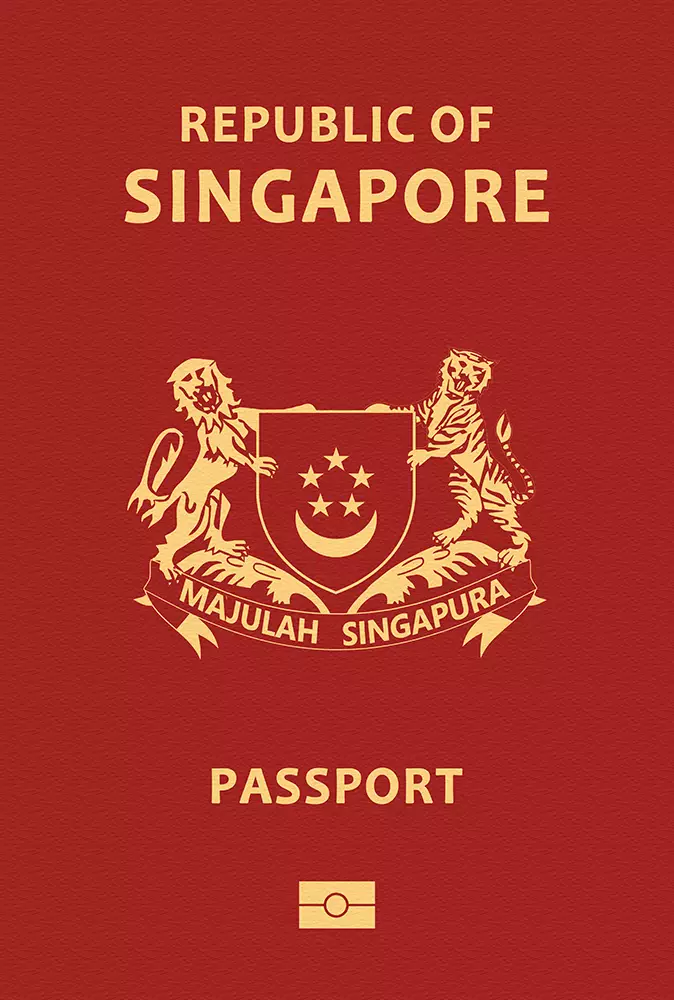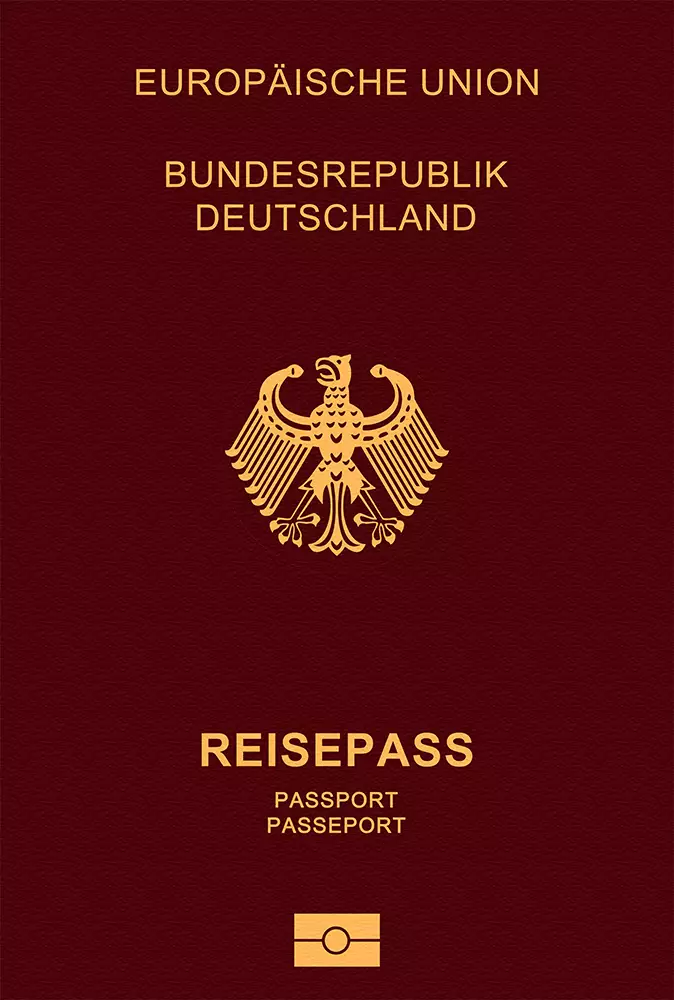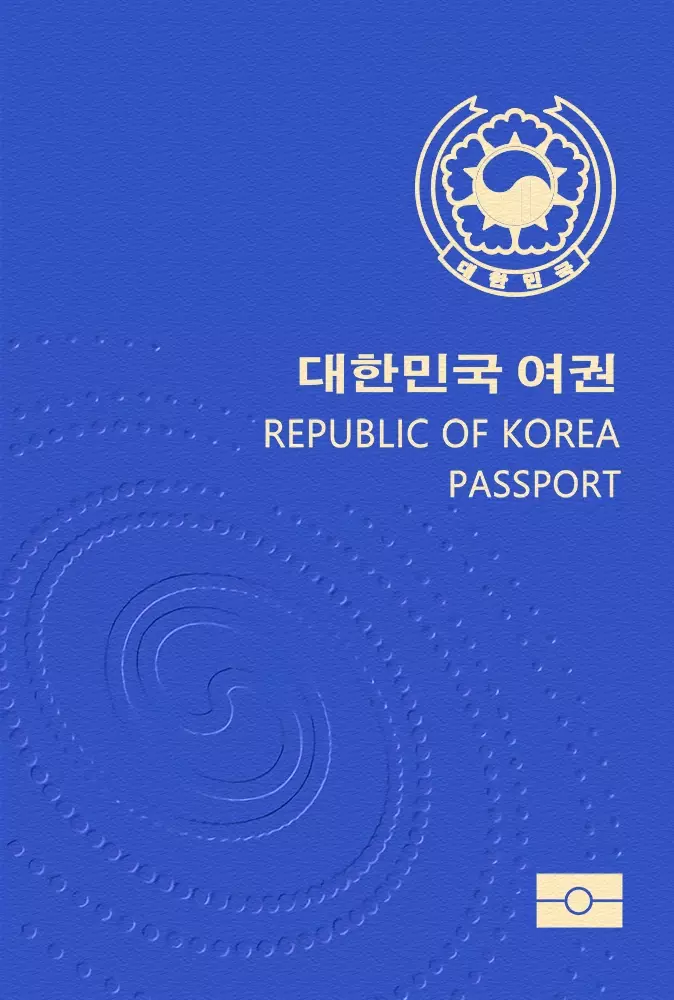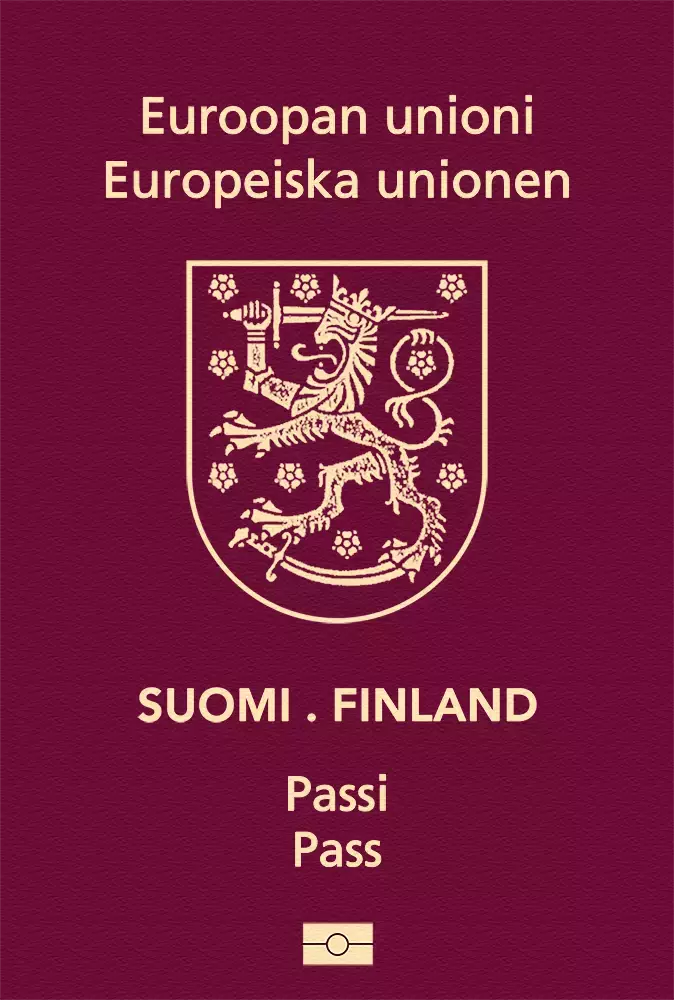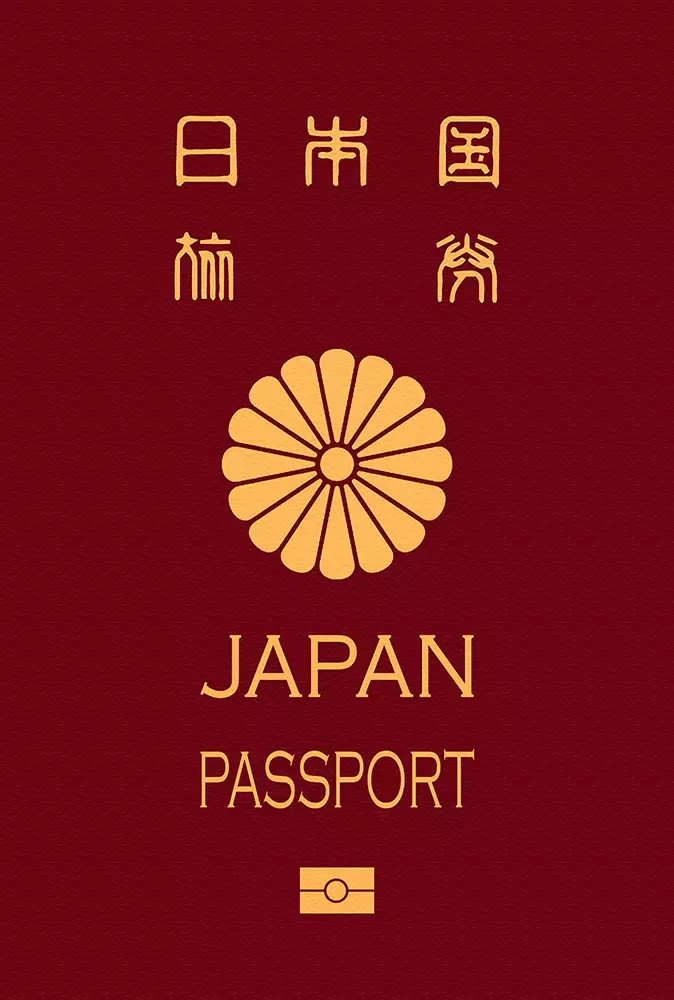Comprising thirteen municipalities, the Democratic Republic of Timor Leste was once a Portuguese colony. The four most significant municipalities are Bobonaro, Bucau, Ermera, and Dili. Situated at the extremity of the Indonesian archipelago, the nation shares borders with both Indonesia and the Timor Sea. It is 15,007 square kilometers in surface area. Because the majority of the country's geography is made up of rough mountains, it was formed by volcanic activity. It has a tropical climate that is hot and muggy with both wet and dry seasons. There are roughly 1.4 million people living there. With more than 222,000 residents, Dili is the most populous city in the nation and serves as its capital. Other significant cities are Suai and Maliana.residente Nicolau Lobato International Airport (DIL) is the sole and largest international airport in the nation. It bears the name of Nicolau dos Reis Lobato, Timor-Leste's first prime minister. Access to locations in Singapore, Australia, and Indonesia is available from the airport. Additionally, Air Timor, the national airline, is based there. The cultures of Timor-Leste are influenced by Indonesian, Portuguese, and Roman Catholic heritage. Roman Catholicism is the faith with the largest percentage. Depending on the location, there are over 14 official languages in the nation. Portuguese civil law forms the foundation of the Timorese legal system.A semi-presidential republic is the type of government in place. Francisco Guterres, the elected president, is the head of state, while José Ramos-Horta, the elected prime minister, is in charge of the cabinet. The US dollar (USD) is the accepted form of payment. With an open economy, the nation has the smallest GDP in Southeast Asia, coming in at about $7.2 billion. The per capita income of its people is $5,561. The services sector and the agriculture sector account for the majority of GDP. Oil is Timor-Leste's primary source of income. This sector provides the government with almost 90% of its income. Sweet potatoes, rice, corn, cassava, coffee, and other key exports.There are many different types of natural tourist attractions throughout the nation. It is well-known for its expansive beaches, surrounding scenery, and lack of UNESCO World Heritage Sites. The capital Dili, Atauro Island, Baucau, Suai, Lake Ira Lalaro, Jaco Island, and Betano are a some of the important locations. Hiking, surfing, water sports, scuba diving, and fishing are the primary tourist activities. The bulk of the 74,000 or so tourists that visit the nation each year come from its surrounding nations.







































































































































































































































